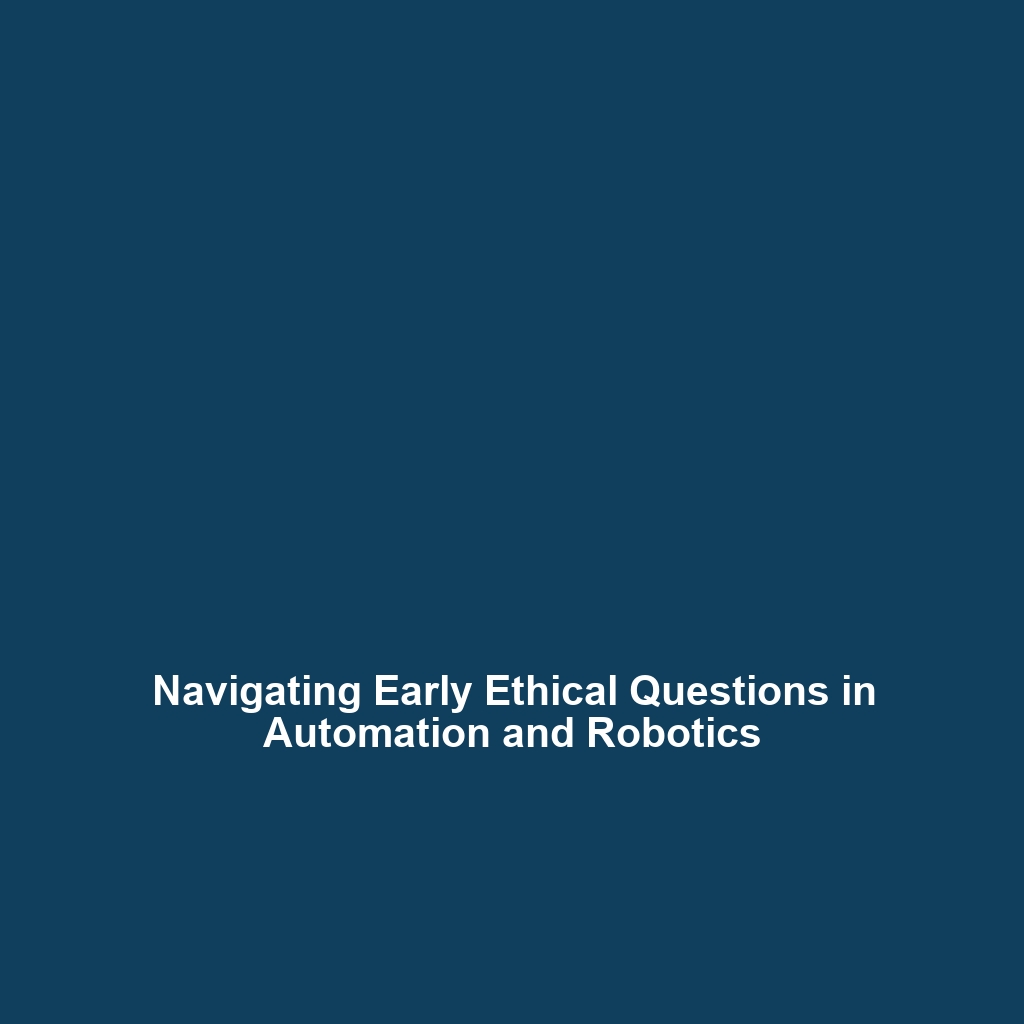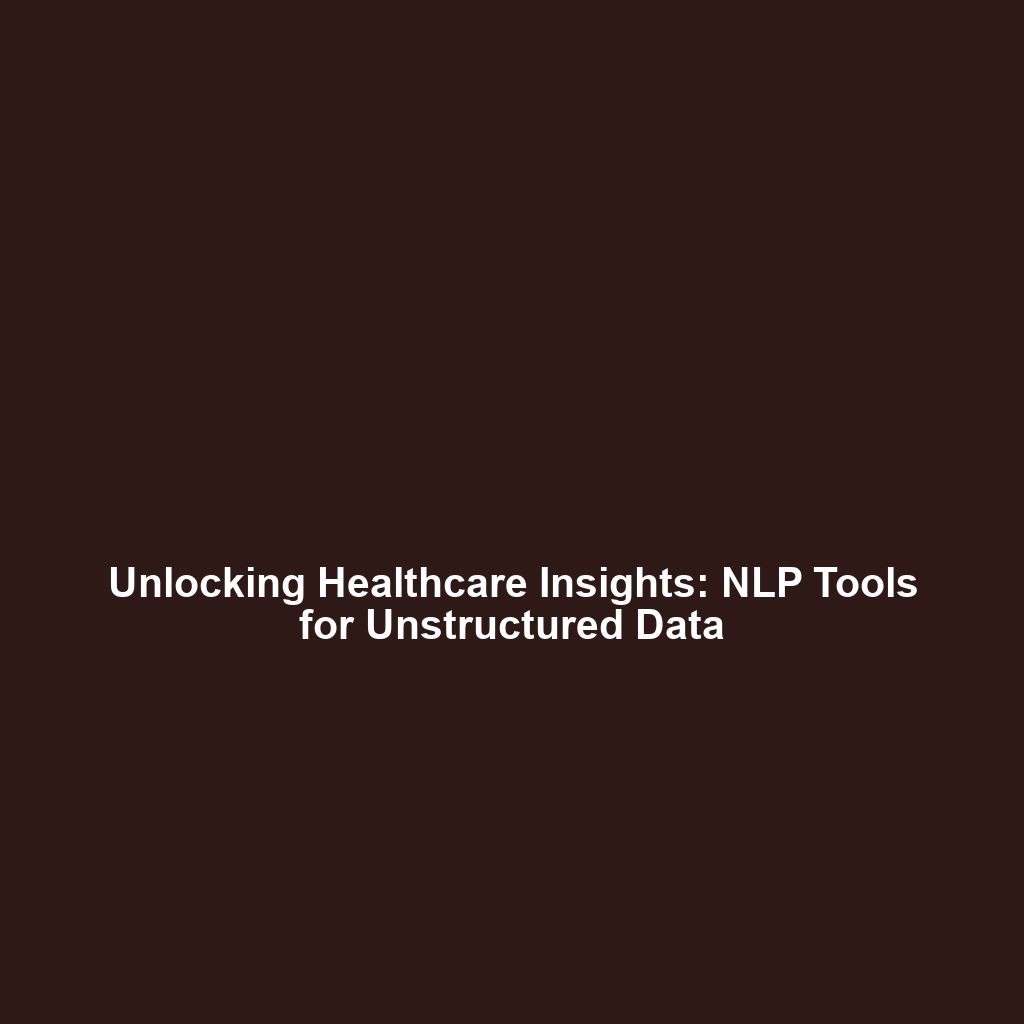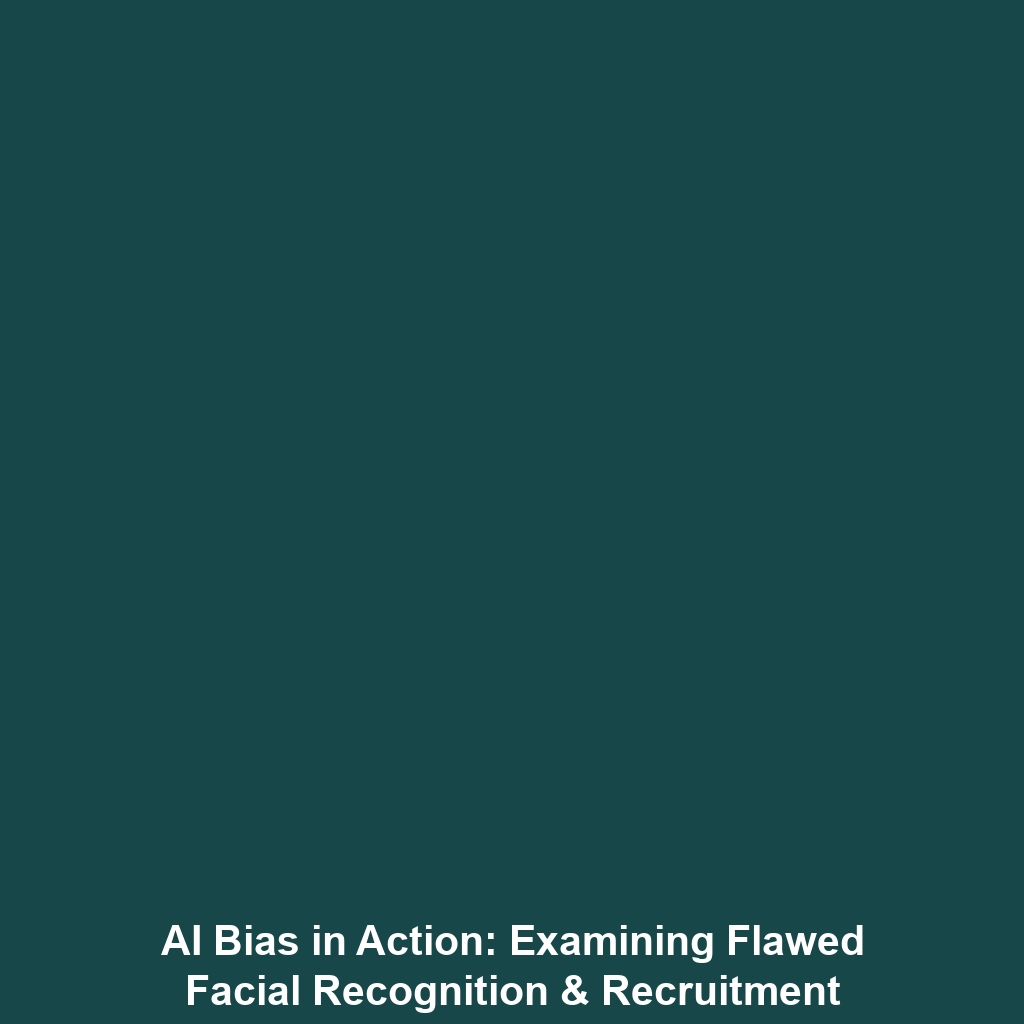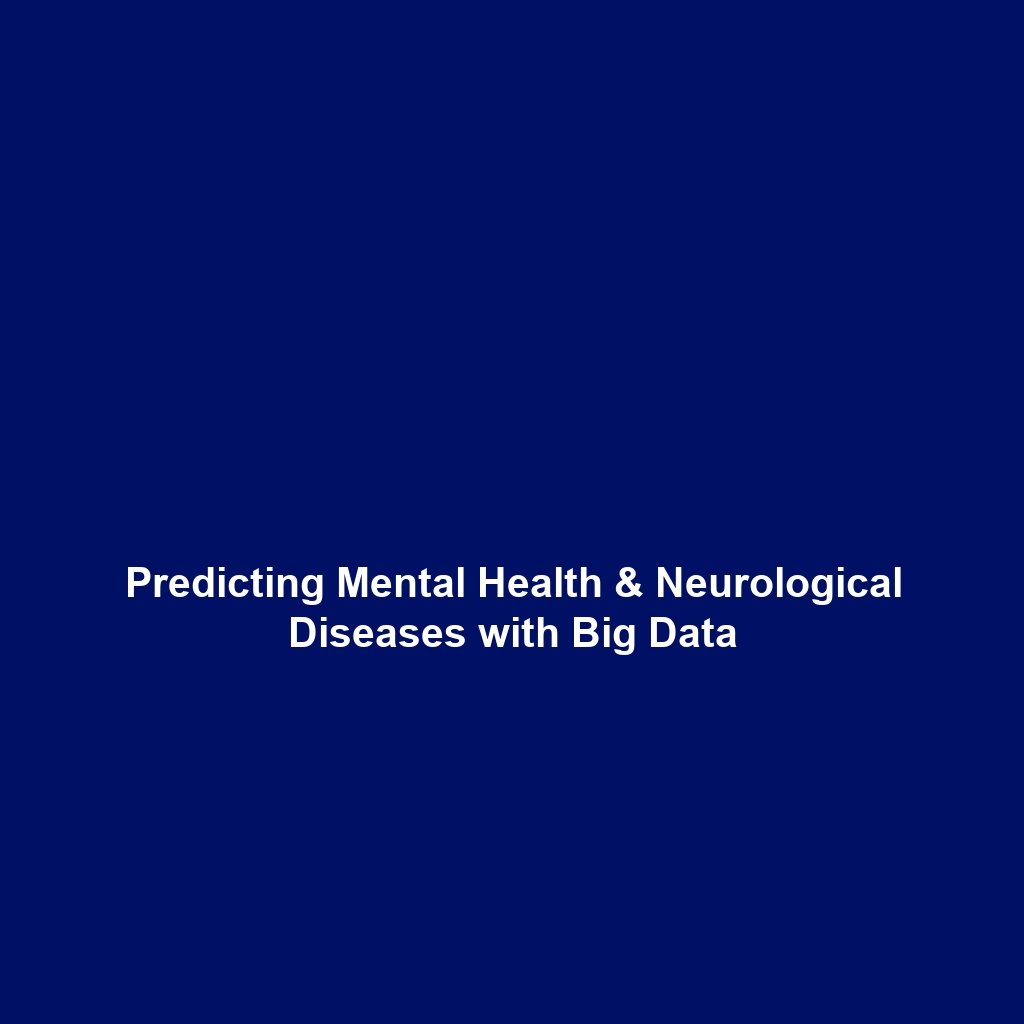Understanding Large and Complex Data Sets in Big Data Science
Category: Big Data in Science
Topic: Definition: Large and complex data sets that are difficult to process using traditional data management tools.
Introduction
In the realm of Big Data in Science, the definition of large and complex data sets highlights a significant challenge faced by researchers and institutions today. As technological advancements spur an exponential growth of information, understanding these data sets and their implications becomes increasingly crucial. This article explores the essence of these large data sets, their significance, and the unique challenges they present, thereby providing a foundational understanding of their role in scientific research and industry practices.
Key Concepts
Large and complex data sets, often referred to as big data, exhibit several pivotal characteristics that differentiate them from traditional datasets:
- Volume: The sheer amount of data generated can exceed petabytes, making manual processing impractical.
- Velocity: Data is generated at an unprecedented speed, requiring real-time processing capabilities.
- Variety: Data comes in many formats, including structured, semi-structured, and unstructured forms.
- Veracity: The accuracy and trustworthiness of data can be questionable, necessitating advanced analytical methods.
These concepts illustrate how large and complex data sets fit into the broader context of Big Data in Science, influencing methodologies and analytical approaches in various scientific fields.
Applications and Real-World Uses
Large and complex data sets are pivotal in numerous real-world applications within Big Data in Science. Here are some noteworthy examples:
- Healthcare: Big data analytics help in predicting disease outbreaks and personalizing treatment plans based on genetic information.
- Environmental Science: Scientists utilize large datasets to model climate change impacts and assess ecological health.
- Social Sciences: Analysis of large volumes of social media data allows researchers to understand societal trends and behaviors.
Through these applications, we see how large and complex data sets are utilized to enhance decision-making and refine processes in various scientific domains.
Current Challenges
While the utilization of large and complex data sets in Big Data in Science provides numerous benefits, it also poses several challenges, including:
- Data Integration: The challenge of integrating diverse data sources into a cohesive structure.
- Data Quality: Ensuring the accuracy and reliability of data is consistent across various datasets.
- Scalability: The need for scalable storage solutions to manage ever-growing datasets.
- Data Privacy: Protecting sensitive information while maintaining utility in research analysis.
These challenges highlight ongoing issues in handling large and complex data sets within the scientific community.
Future Research and Innovations
Looking ahead, many exciting innovations and research avenues are emerging related to large and complex data sets:
- Artificial Intelligence: AI technologies are being developed to improve data analysis speeds and accuracy.
- Cloud Computing: Enhanced access to cloud resources allows for better scalability and data management capabilities.
- Blockchain Technology: Innovations in blockchain may offer solutions for data integrity and security.
These advancements promise to redefine the capabilities and applications of big data within science.
Conclusion
In summary, large and complex data sets represent both a significant challenge and an invaluable resource in the field of Big Data in Science. As the landscape of data continues to evolve, understanding these datasets is essential for advancing scientific research and innovation. For further reading on how data analytics is shaping scientific discoveries, explore our resources on Data Management Techniques and Big Data Applications in Various Fields.




